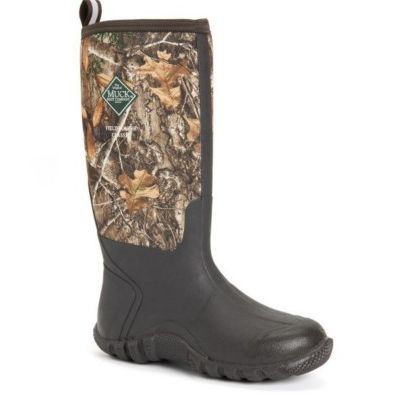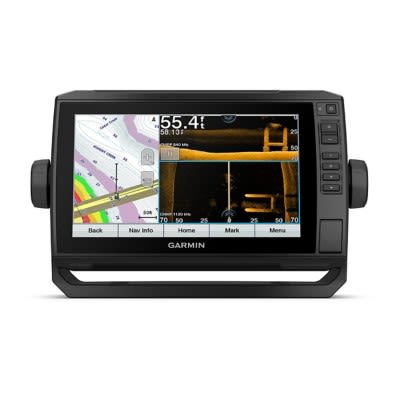Today's Best Fishing Times
Get the best fishing times for Dock Lake with Lake-Link's Fishing Forecast. SEE MORE
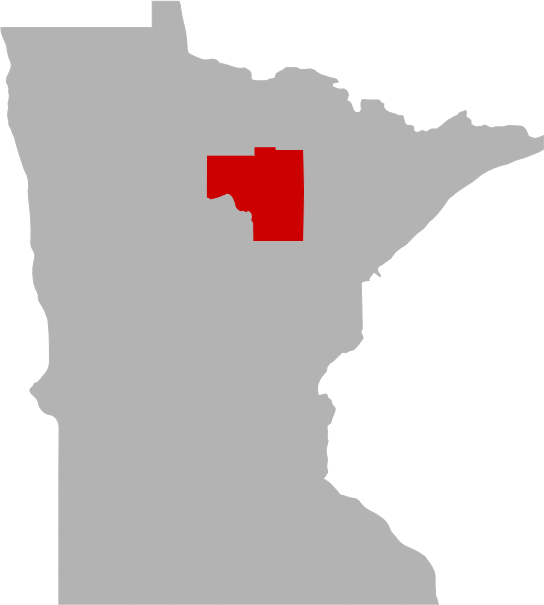
Share your catch!
We want to see what you've caught on Dock Lake.Frequently Asked Questions About Dock Lake, MN
- How big is Dock Lake?
- How deep is Dock Lake?
- What kind of fish can you catch in Dock Lake?
- Are there places to stay in the Dock Lake area?
- Are there boat launches on Dock Lake?
- Are there places to eat and drink near Dock Lake?
- What is the average air temp for Dock Lake?
- Are there any state parks near Dock Lake?
How big is Dock Lake?
How deep is Dock Lake?
What kind of fish can you catch in Dock Lake?
Other fish species in the lake include Central Mudminnow.
Are there places to stay in the Dock Lake area?
More Lodging Options
Are there boat launches on Dock Lake?
Are there places to eat and drink near Dock Lake?
Explore the Dock Lake area in a RV
Are you looking for an adventurous vacation option that won't break the bank? Look no further than renting an RV! Contrary to popular belief, the process is much simpler than you might imagine. With just a few easy steps, you'll soon be experiencing the ultimate freedom and convenience of exploring the open road in your very own recreational vehicle. And the best part? RV travel can save you up to 60% compared to other types of vacations! With the money you'll save, you'll be able to travel even more and create unforgettable memories along the way. So why wait? Start planning your next adventure today with an RV rental. Learn more about renting a RV.
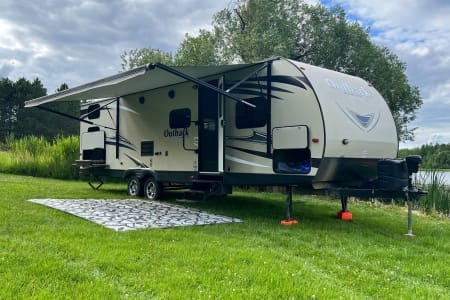
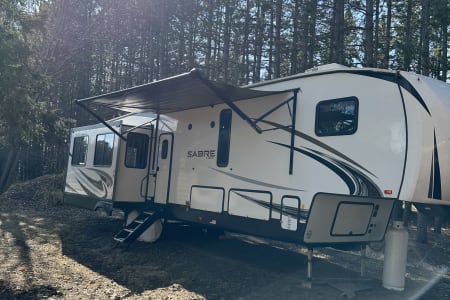
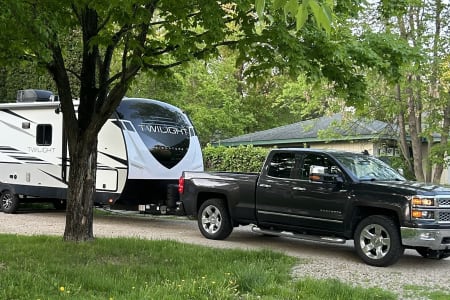
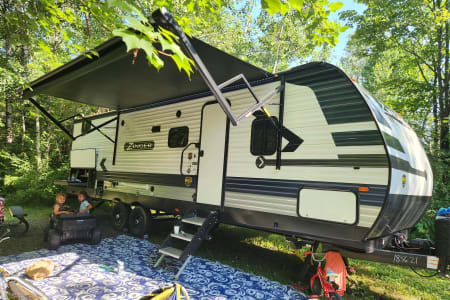
History & Status of the Fishery
Background:
Dock Lake is a 31 acre lake in Itasca County near Marcell, MN and is located within the Chippewa National Forest. The public access is located on the north end of the lake off County Road #49 and is administered by the U.S. Forest Service. The lake has soft, infertile water, which greatly limits fish production resulting in a limited fish community.
The lake management plan (LMP) for Dock Lake was last revised in 2005. Bluegill and walleye were the primary management species. The long range goal of the plan was to determine if walleye fingerling stocking could maintain the walleye population above 1.5/gill net and significantly increase bluegill quality with 80% of the bluegill exceeding a quality size of 6 inches and 20% exceeding the angler preferred size of 8 inches.
Dock Lake has a history of producing relatively slow growing bluegill with catches within the interquartile range for the lake class. Low predator abundance was believed to contribute to the slow growth of bluegill. Dock Lake also historically produced a modest population of walleye that typically exceeded the lake class third quartile value of 1.5/gill net. The walleye population appeared to be maintained by limited natural reproduction. An evaluation of the effect of walleye stocking on bluegill growth and subsequent size structure was conducted from 1990 to 2010. The objective of this study was to determine if walleye fingerling stocking could alter the bluegill size structure or growth rates.
Results:
The most recent population assessment was conducted on Dock Lake in August of 2010 and consisted of 4 gill net and 9 trap net sets. Index of Biological Integrity (IBI) sampling, which involved near shore sampling, was conducted in mid-July.
Walleye were caught at a rate of 3.3/gill net, which was high compared to lakes with similar habitats and above average for Dock Lake. The long range catch rate goal of the lake management plan was exceeded. Walleye ranged from 7 to 26 inches with an average size of 12.3 inches. Walleye ranged in age from 1 to 7 and the 2009 year class comprised 63% of the catch. Most walleye (72%) were associated with stocked year-classes. Growth rates were near the statewide average until age-4, and relatively slow thereafter.
Bluegill were captured at a rate of 14.3/trap net, an average rate compared to similar lakes. Size structure was poor as only 20% exceeded 6 inches and no fish exceeding 8 inches were captured. The LMP length goals were not met as the size structure did not improve. Growth remained relatively slow, although average compared to similar lakes, with individuals exceeding 6 inches at age-7. The popularity of the bluegill fishery is likely limited given the poor size structure.
Black crappie were captured at a low rate compared to similar lakes. Crappie ranged in size from 6 to 11 inches. Growth was near the statewide average with individuals exceeding 8 inches by age-4. Crappie catches have typically been low in Dock Lake. Low population size likely limits the potential of the crappie population.
Largemouth bass were captured at a average rate compared to similar lakes. Size ranged from 9.6 to 13 inches. Growth was near the statewide average with individuals achieving 12 inches by age-5.
Other species captured included central mud minnows. This fish community is unique in that it historically lacked two species that are common in most other lakes in this area: northern pike and yellow perch. Northern pike were, however, introduced (source unknown) sometime after the 1999 assessment and were captured at a rate of 1.5/gill net in 2004. No pike were captured in the 2010 assessment.
Walleye fingerlings were stocked at a relatively high rate every other year since 1991. Five assessments were conducted from 1991 to 2010. Walleye catches generally increased from 1.2/gill net in 1991 to 3.3/gill net in 2010 and the strongest year classes generally corresponded to stocked years. Conversely, bluegill catches peaked in 1994 at 31.8/trap net and declined to 14.3/trap net in 2010. The relationship between bluegill and walleye catches were not strongly correlated despite the general trends in catch rates. The weak correlation suggests that walleye abundance did not strongly influence bluegill catches. Bluegill growth rates remained poor during the evaluation period despite decreased abundance in recent years. Total length at ages 2-8 did not significantly increase, indicating no meaningful changes in growth had occurred.
The protection of water quality and habitat is critical in maintaining or improving fish and wildlife populations. Unfortunately, human activities often negatively impact our lakes. Fertilized turf-grass lawns and failing septic systems along with the removal of shoreline and aquatic vegetation, mowing to the shore, and installing sand blanket beaches result in destabilized shorelines, uncontrolled erosion, and increased run-off, contributing excess nutrients and sediment to the lake and degrading water quality and habitat. By understanding the cumulative impacts of our actions and taking steps to avoid or minimize them, we can help insure our quality water resources can be enjoyed well into the future. Anglers can further help insure quality fishing by practicing selective harvest and catch and release.
What is the average air temp for Dock Lake?
Are there any state parks near Dock Lake?
For more Minnesota State Park information see our State Park Guide.
More Nearby Lakes To Explore
There's more lake's to explore around Dock Lake...| DISTANCE | ACRES | MAX DEPTH | |
| Baldy Lake | 0.3 mi | 24 | 47 ft |
| Hill Lake | 0.7 mi | 38 | 32 ft |
| East Smith Lake | 0.9 mi | 152 | 38 ft |
| Big Jack Lake | 1.4 mi | 26 | 46 ft |
| McKewen Lake | 1.4 mi | 26 | 31 ft |
| Smith Lake | 1.4 mi | 209 | 32 ft |
| Duck Lake | 1.4 mi | 29 | 15 ft |
| Big Island Lake | 1.8 mi | 243 | 42 ft |
| Crooked Lake | 2.0 mi | 134 | 46 ft |
| West Smith Lake | 2.1 mi | 34 | 28 ft |






